Bamboo has been the material of choice in many parts of the World since ancient times. This fast growing plant has all the qualities of a sustainable green building material. It is sturdy, resilient, low-cost and natural. Moreover, bamboo looks extremely attractive, is easy and effective in use, can be grown anywhere and used without causing deforestation. The hollowness of the bamboo stem also imparts natural insulation against heat. Thus, more and more designers are experimenting with bamboo, some even tagging it as a material of the future.
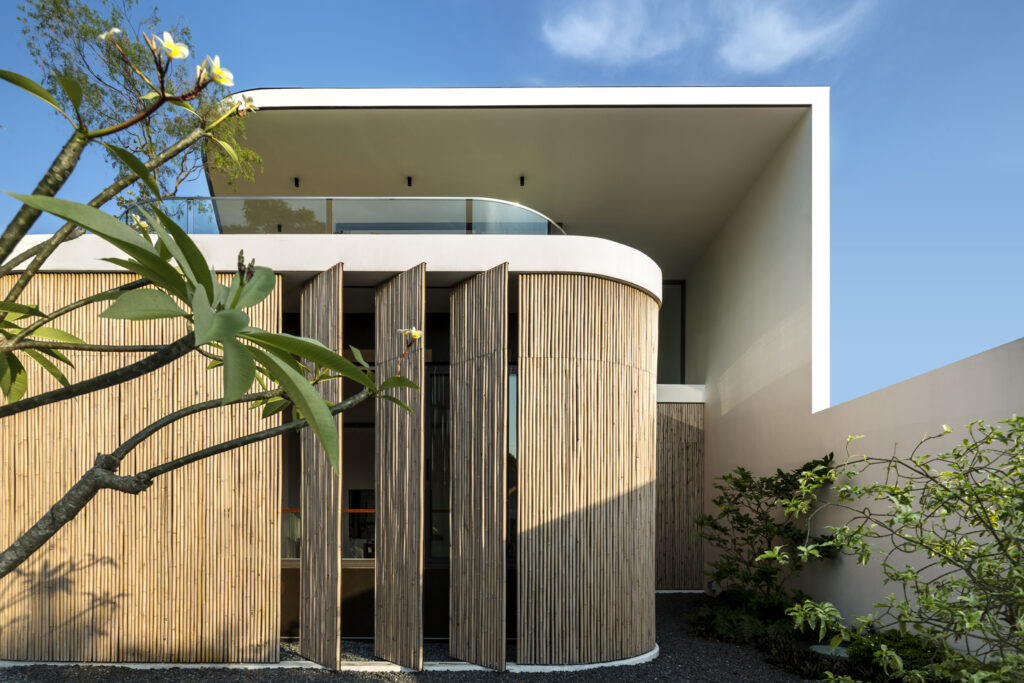
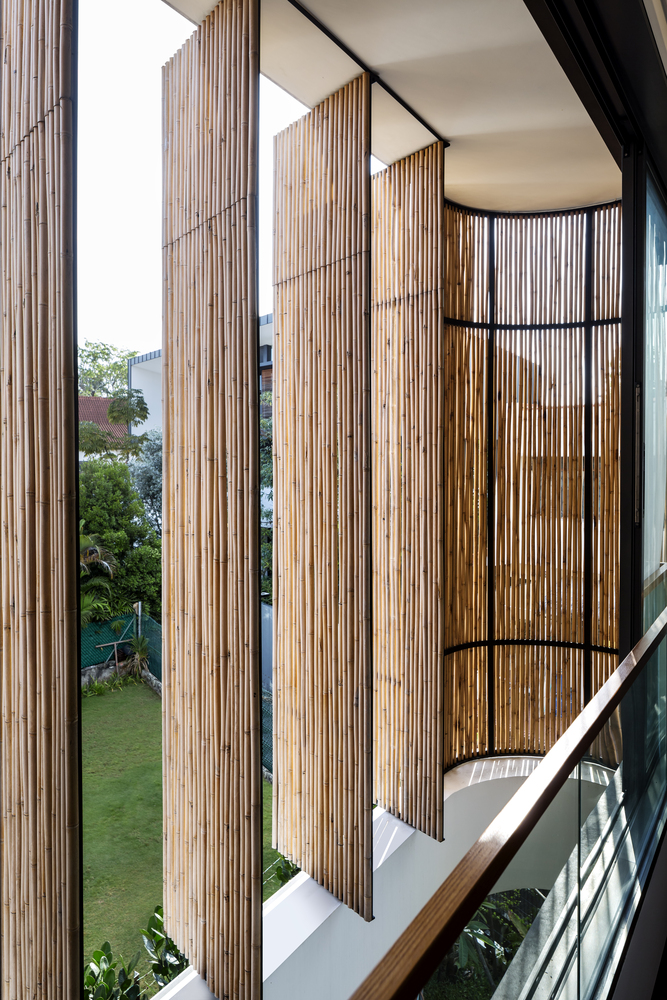
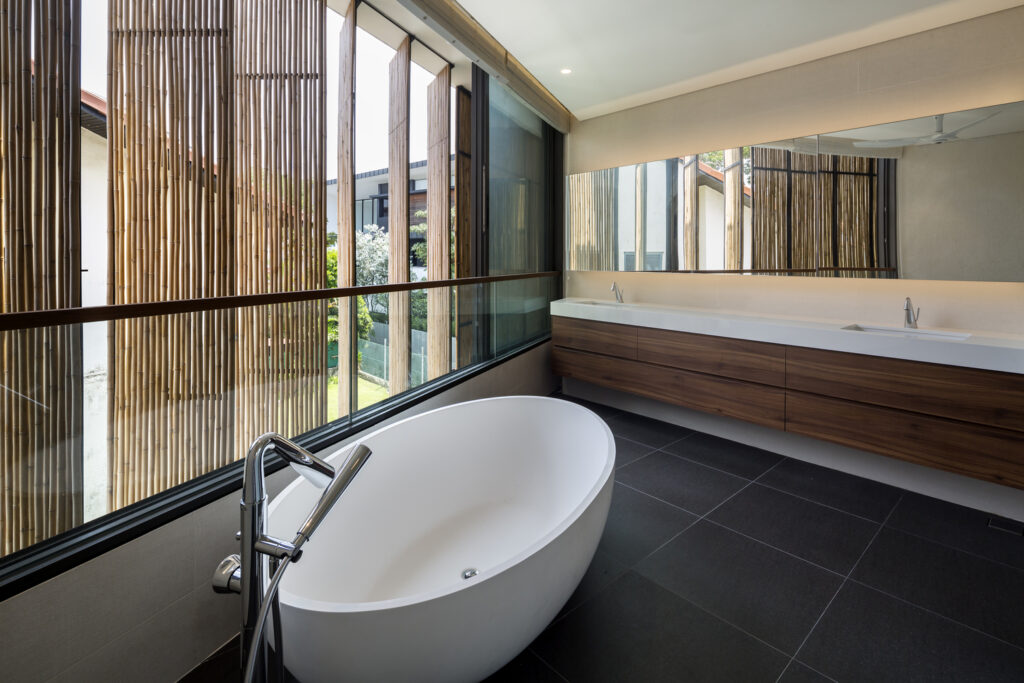
Furniture, blinds, partitions, cots, mats and artefacts are made with bamboo since a long time in India. Yet, the material still hasn’t received its due credit in mainstream interior or exterior design. In the above example, Wallflower Architecture has used bamboo as a ‘Veil’ for a contemporary house in Singapore. The Bamboo Veil house features a bamboo facade, designed as vertical fins which can be turned or rotated giving the modern house a natural element. This bamboo veil provides a breathable facade allowing natural ventilation and light throughout the day and washing the interiors with interesting shadows. Running along the first level facade, the bamboo curtain allows a porous facade to all parts of the house, a perfect addition to a residence in the tropical climate.
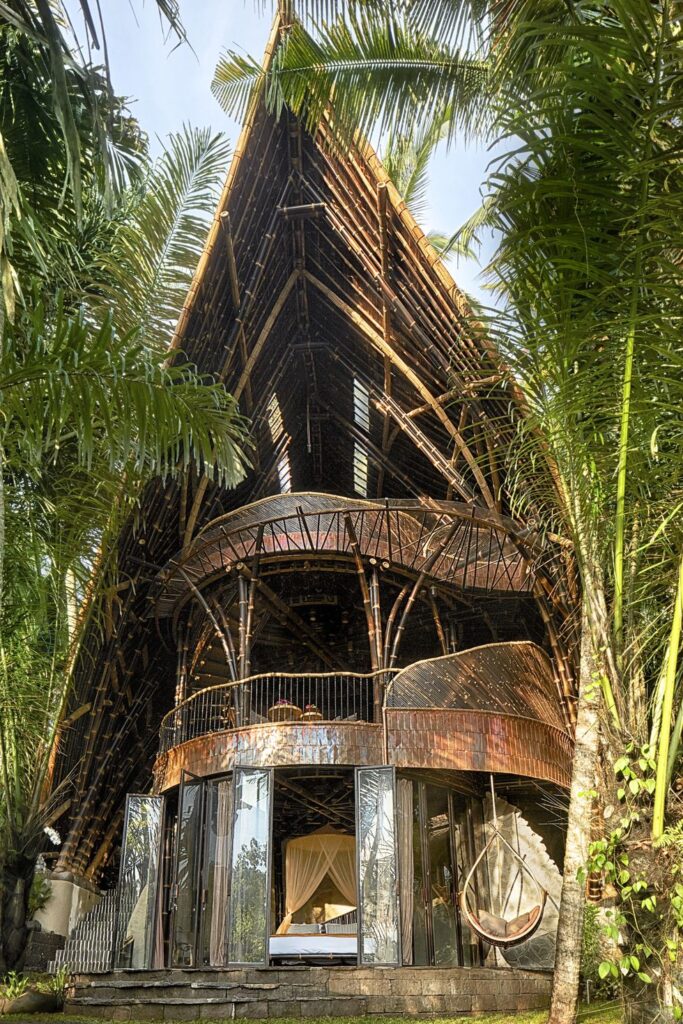
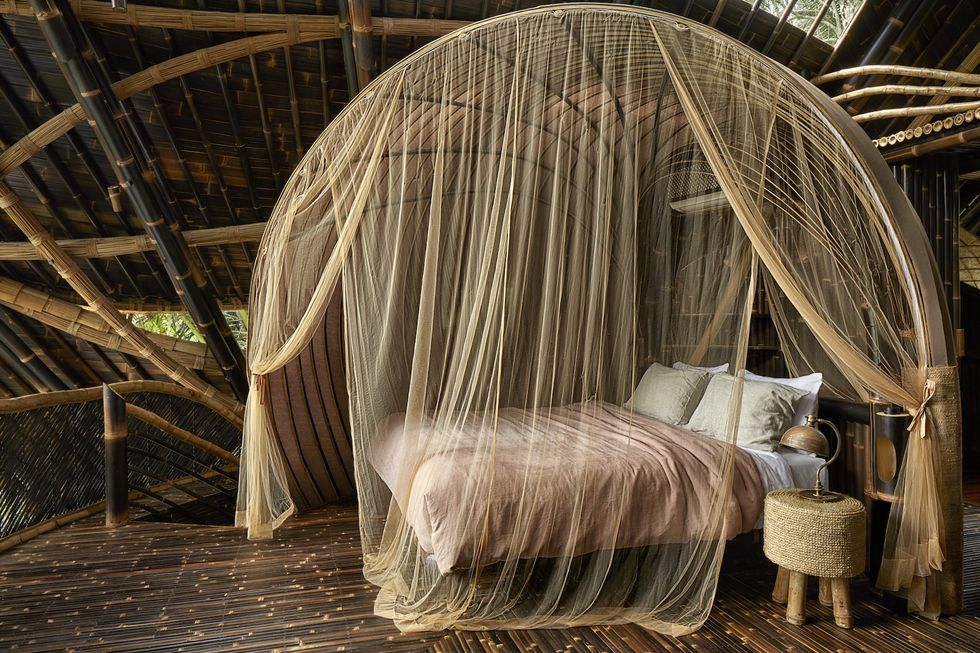
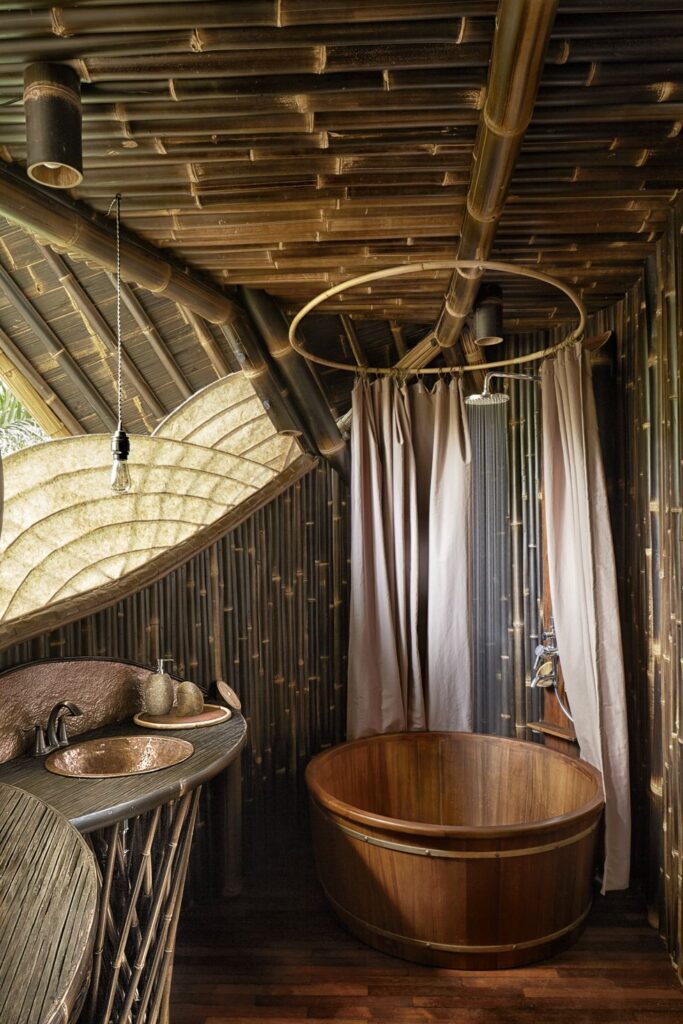

The Eclipse House in Bali by Ibuku makes the user feel one with nature. This fairy tale residence by designer Elora Hardy makes use of bamboo in every form and for every function. The structure is designed with Black Petung Bamboo, giving it that special hue whereas the interior details are also fashioned with bamboo giving the residence a striking aesthetic. Walls, ceiling and flooring, fixtures and furniture are all natural with minimal carbon footprint making this house sustainable and Eco-friendly. It is interesting to see the ways the material can be molded, twisted and turned to achieve different shapes. This house by Ibuku illustrates the versatility of bamboo.
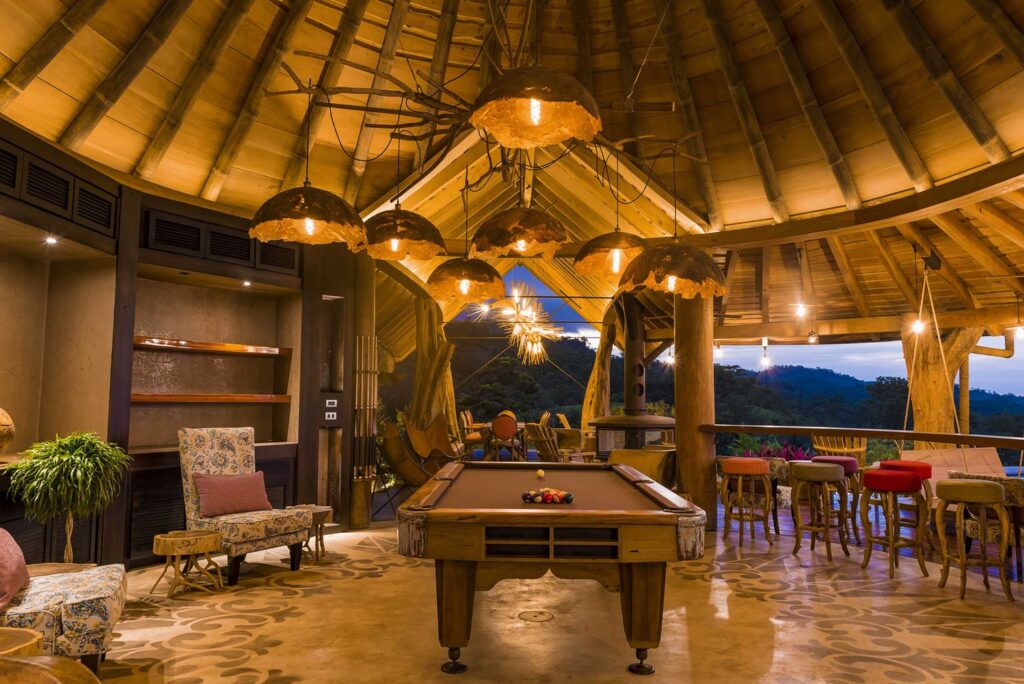

Designed by Patrik Rey + Gaia Studio, the Origins Lodge in Costa Rica is inspired by the Colombian architectural typology of circular houses. The design of the lodge is befitting to its scenic setting of the lodge with mountain views and the Lake Nicaragua. The designers have made sure that the lodge stands true in all aspects of sustainability, right from the structure to the interiors. The house is supported by structural bamboo and has adobe walls for moisture resistance and a floating roof to ensure natural ventilation. The house is surrounded by nature and the design team have added plants to further blend the lodge in the landscape. The crisp joinery and meticulous details further emphasizes Bamboo’s practicality and applications.
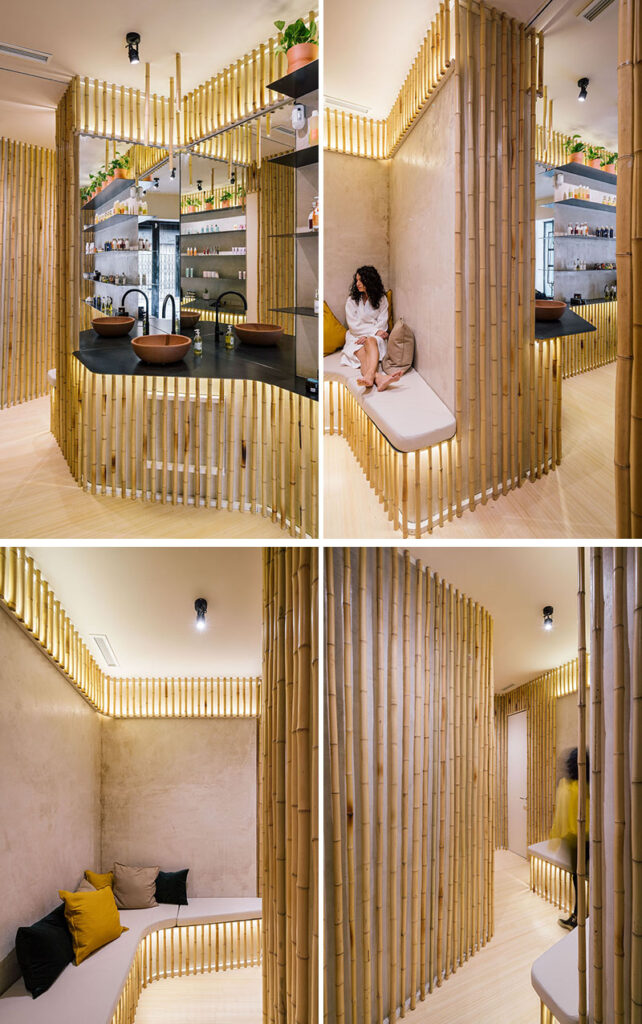
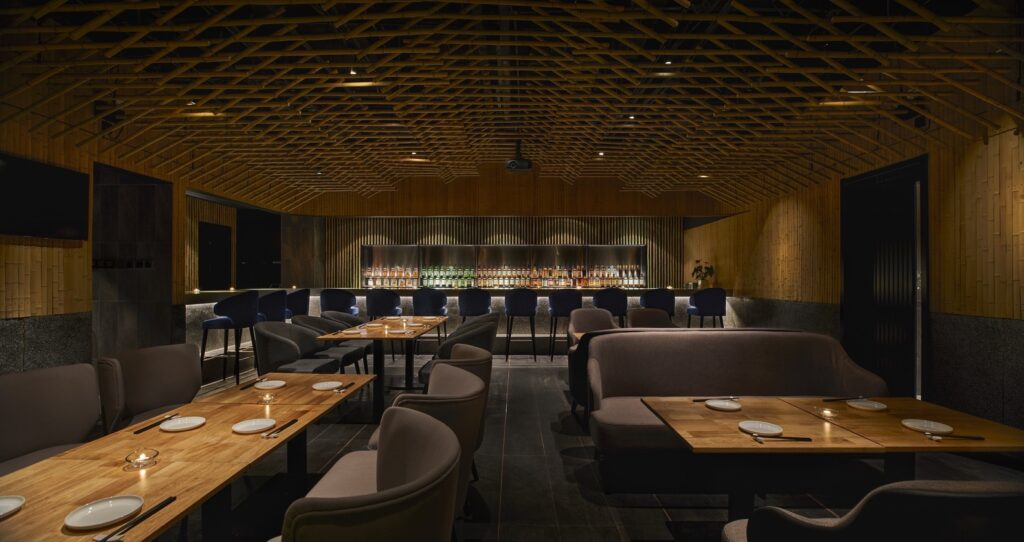
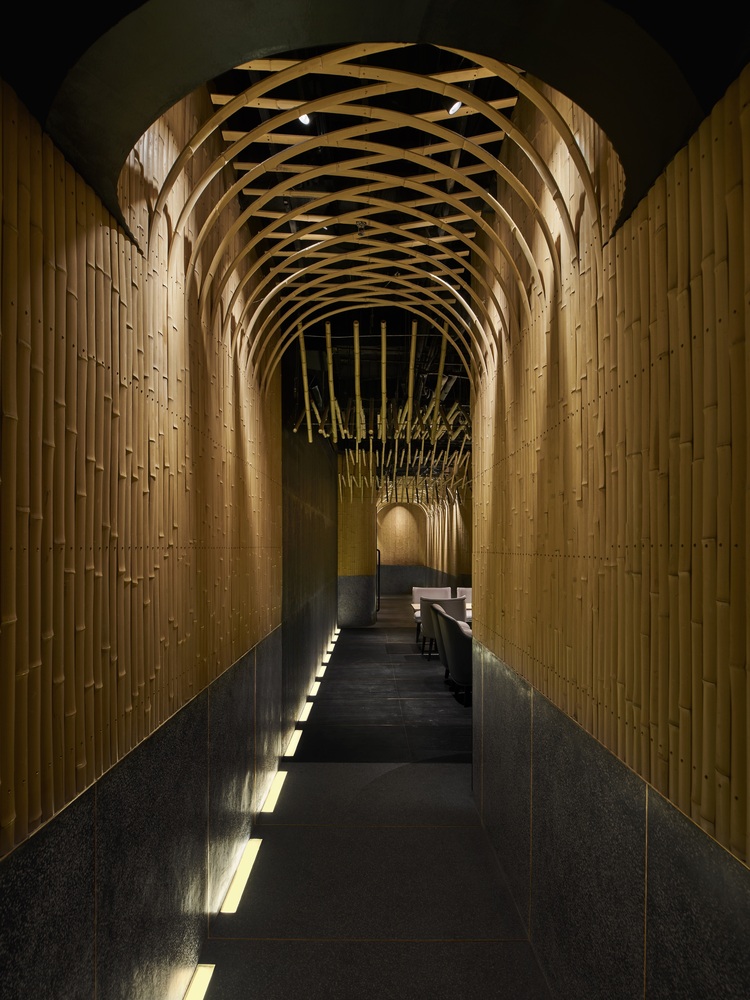
Apart from being structurally and environmentally sound, bamboo has a lot of advantages if used in interiors. It is an inexpensive and easily available material which imparts a natural feel to any space. The Nuilea Spa in Madrid designed by Zooco estudio encashed on the material to give the Spa a natural, earthy and light appearance. Imafuku architects designed the Dongshang restaurant in Beijing with bamboo cladding and false ceiling features. Relying on a natural material for furniture, cladding, false ceiling and partitions, reduces carbon footprint, prevents felling of trees, reduces the budget for any project and most importantly is another step towards saving the environment. Experiments with bamboo are essential in the coming times if we are to replace high carbon emission materials like cement and steel. Architects and interior designers should feel socially obligated to build sustainably using green building materials to set an example and make crucial efforts to save the planet.
